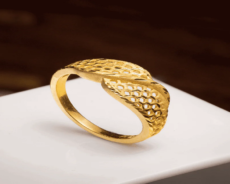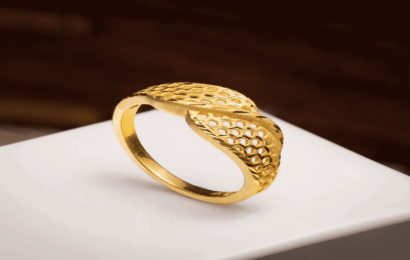
Putting art to decor your home walls is a crucial choice. Every work of art that you pick is, in such a way, an impression of your character and style. India has a rich creative inheritance, with a huge number of folk art genres. Throughout the long term, these have been familiarizing by media and informal exposure, as the intricate canvases were downsized to be invited into our homes and workplaces.
Pichwai art
Pichwai art is invented in Rajasthan’s Nathdwara temple, the popularity of this art has increased all over the world. In a long time since its starting point, its magnificence and style haven’t reduced at all, regardless of a few reevaluations of this artistic expression. Pichwai style is generally devoted to worshiping and adoring Shrinathji. The word ‘Pichwai’ comes from ‘pitch means back and ‘wai’ means (textile wall hanging) since they were typically hung behind the divinities in Nathdwara temple. Still, the contemporary Pichwai painting goes far away from this function by featuring certain figures and images. Lord Krishna’s life to make never-ending marvels of workmanship. While Pichwai craftsmanship may have started in a temple, all compositions are not religious because of the broad utilization of basic themes like lotuses, peacocks, cows, and so forth Now and then, canvases of Pichwai workmanship are decorated with brilliant strings of precious stones for a more luxurious and refined look. Such Pichwai artworks make for incredible wall art to deck up pooja rooms or in any event, it provides an antique touch to your home decor.
Rajasthani Art
This art also called the Rajput way of painting or Rajasthani old style painting, this work of art prospered in the seventeenth and eighteenth-century royal courts of Rajputana. The story after the beginning of Rajasthani craftsmanship is very fascinating. Numerous artists prepared in the specialty of Mughal miniature artworks were excused by Rajput courts for more neighborhood craftsmen. These craftsmen were instrumental in forming Rajasthani workmanship how we know it today as they fostered an interesting style to portray stories from Hindu legends, royal activities, political situations, and social values, in a fantastic and rich way.
A Rajasthani traditional artistic creation is described by its absence of void spaces. This makes an inseparable connection among characters and scenes, as both are given equivalent significance and space on the canvas. This artwork is mostly invented with color tones like red, yellow, blue, white, brown. Notwithstanding, it’s the inadequate utilization of gold and silver shadings gives Rajasthani workmanship a classical look.
Kalighat Art
Having come down from Pattachitra craftsmanship, a Kalighat painting was fundamentally made as souvenirs. English British travelers and authorities would accept them back home as a token of India’s energetic culture and creative ability. They were typically made on factory-made paper and depicted Indian divine beings and goddesses from fanciful folktales and religious legends. While Pattachitra workmanship scrolls were frequently used to describe legendary stories by Patras (scroll painters), a Kalighat painting consolidated these intricate canvases into only a couple of characters, rather than assembling a whole story. There are two variations of Kalighat craftsmanship, each with a moderate antique vibe since the canvases aren’t excessively packed. Oriental Kalighat Paintings normally contain scenes from religious writings and Hindu stories. Then again, an Occidental Kalighat painting portrayed contemporary subjects like the freedom battle, babu culture, and so on.
Pattachitra Paintings
Pattachitra painting is created on a special canvas where cotton sarees are arranged with tamarind glue and afterward covered with clay powder. Every painting can take up to weeks or months to be ready.
Madhubani Paintings
Madhubani painting is also called a Mithila painting. This painting started in the Madhubani town of Bihar. Made with rice powder, twigs & natural colors, these paintings have found worldwide with a Madhubani gallery in Japan.
Indian works of art have such assorted reach that one can utilize them with flashiness, just as a moderate touch. Here are the means by which you can add an antique flair to your home with these Indian Art structures.









